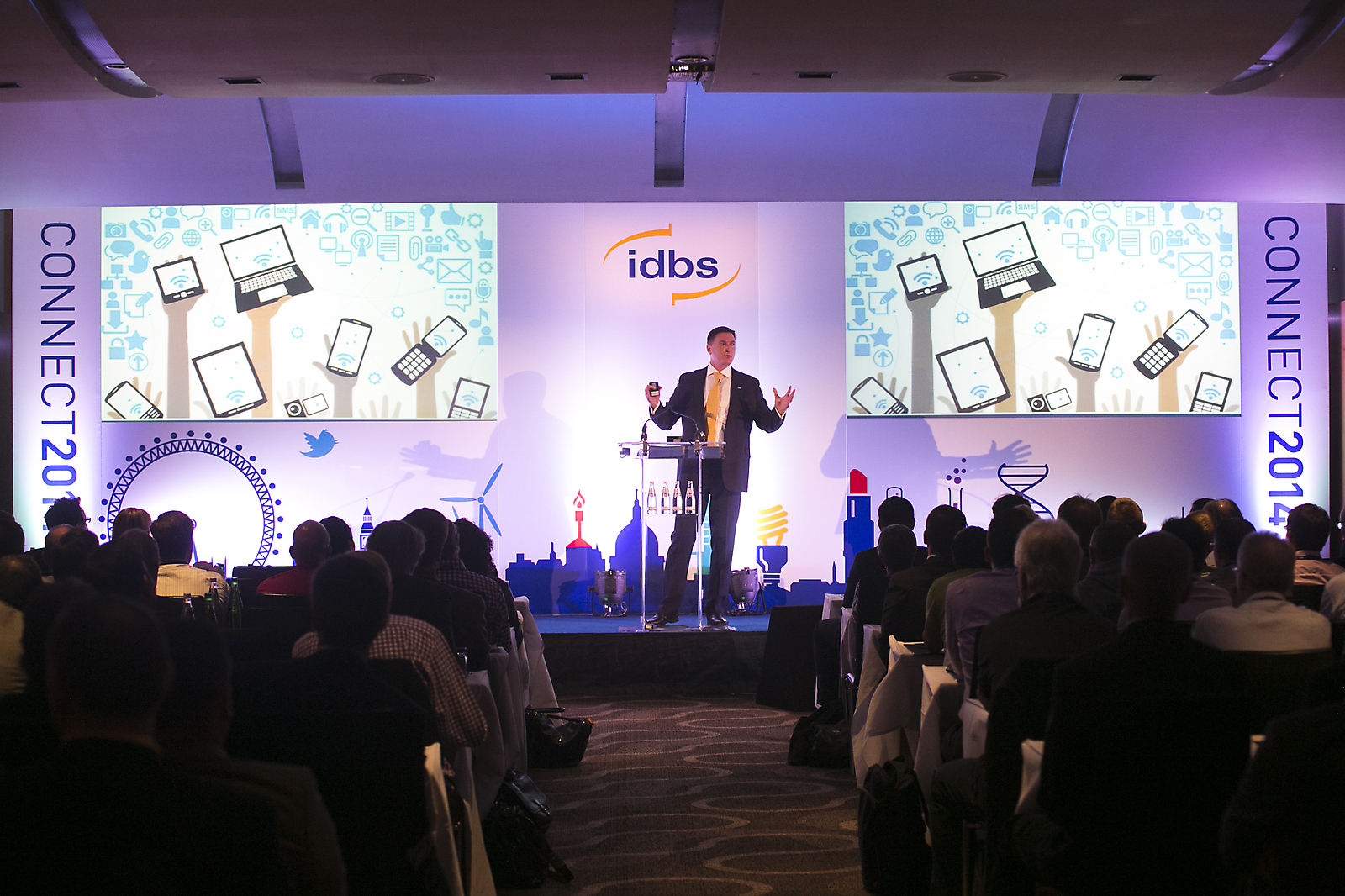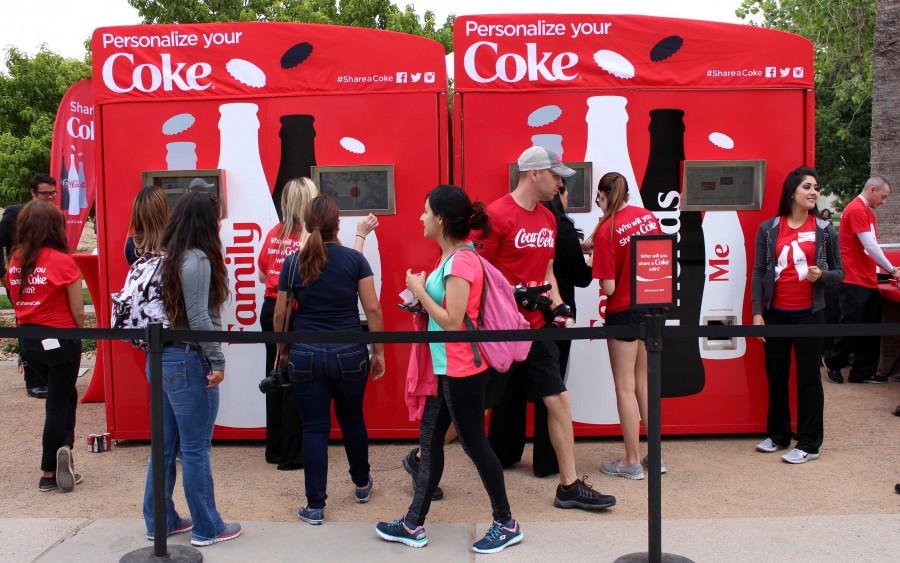What is Why is it considered as one of the best strategies by marketers?
Experiential Marketing means “Live marketing” or “marketing with experience”.
Got some idea related to it?
No? then let’s see with some examples…
Before directly jumping into experiential marketing, let us get to it by asking some questions…
What is the difference between watching a cricket match in the stadium and watching it on TV?
When {“type”:”block”,”srcClientIds”:[“c1c85459-66bc-40e3-ba1e-ccfd927391ab”],”srcRootClientId”:””}we can download the movie from the internet and watch it, why do we go to the cinema hall?
It’s all about The Experience,
Experiential marketing is a kind of marketing strategy adopted by marketers to attract customers and make them aware of the product through some experience. This strategy is being adopted by many leading brands of big market players.
In this era of social media, where people live in a show off-world, due to all these, a lot of beneficial things that they skip or miss out. And that’s why it becomes hard to attain public attention.
To attract more and more customers and make them loyal to a brand, experiential marketing plays a vital role.
In this blog, you will get to know all about,
How does it work? Is it really good for your business?
WHAT’S IN IT FOR ME?
- What is Experiential Marketing?
- Types of Experiential Marketing
- Examples of Experiential Marketing
- Why Experiential Marketing is important?
- Essential for doing of Experiential Marketing
1) What is Experiential Marketing?
Experiential means “Environment to human design” and Marketing means “the action of selling or promoting product or services”. Thus, Experiential Marketing is a unique form of marketing that allows customers, to engage and interact with the product and services of the brand.
Say, for example, McDonald’s decides to launch a new recipe for food and wants to attract its customers to know about the food. Then,

2) Modes of Experiential Marketing
Event Marketing:
Experiential Marketing goes hand in hand with Event Marketing. It is so because when a customer gets experienced while using the product for the first time, the customer gets excited while using it. Hence, experiential marketing is vital for experiential marketing, as it creates a bond between the customer and the product.
Brand Activation:
The launching of a new product or service indicates the activation of branding. This strategy is implemented to make the customers aware of the newly launched products. This will give a better experience to the customers as they are facing the product and its features in real and how they feel about the product, that they can share through social media channels and in the events itself.
Guerrilla Marketing:
This strategy is implemented by almost every big players and it is one of the best strategies in experiential marketing. But one thing should be kept in mind in this marketing. It is that if you wish to run a guerrilla marketing in your area then you should do it in such a way that it does not create a legal problem. This type of marketing is done to do conversation with the customers and also simultaneously adding an element of surprise and experience in it. The best example of a guerrilla marketing that did not run well is the case of Elon Musk leaving his submarine prototype at a Thai cave.
Retail Installation:
In big retail outlets, many kiosks are installed to give experience to their customers while purchasing products. This strategy is implemented to provide a memorable experience to the customers, a happy feeling and also to retain its customer base. This kind of experience is another type of experiential marketing.

3) Experiential marketing examples:-
1. IKEA (2011)
This is a great example of experiential marketing using social media. In response to a customer on Facebook who said: “I wish I could have a sleepover in IKEA”. Then this Big furniture brand IKEA invited 100 people out of 10000 for sleepover inside its warehouse and guests got massages, manicures and beg hammer.
2. Faster 4G Internet Vodafone Slider
When Vodafone launched 4G internet service to give a message that they give faster internet service they added a slide escalator in a mall for a faster experience.
3. Coca Cola: Small World Machine
In 2013, Coca Cola set up a vending machine named “Small world machine” in both India and Pakistan, and by doing this, Company had a motive that through this Virtual Interface the relationship between these two countries could become normal.
coca cola experiential marketing.
4. Nike “4k Night Run”
When it comes to running shoes, Nike is among the most famous brand in youth so for attracting the youth, Nike concludes the “4k Night Run” for college students in various places in India where they provide the Nike Race Day Bib and Nike Timing Chipset.

5.Lay’s Campaign “Smile with Lays”
PepsiCo’s brand Lay’s launched the campaign “Smile with Lay’s” for the snacker’s lover to spread a positive message.
4) Why Experiential Marketing is important?
Experiential Marketing is effective marketing for advertising (which is an effective social media and television advertising). This marketing is based on the marketing size and differentiation.
Nowadays, social media marketing, e-mail marketing also showing the brand experience with consumers. But experiential marketing shares a real-time experience with the audience.
It aims to give the brand knowledge to the target audience in a fun way, like by launching events, giving discount passes. This is done because the audience relates more to the product when they relate in a real-time experience. There is a high possibility that that specific product or thing will gain more sales value.
coca cola experiential marketing

5) Essent{“type”:”block”,”srcClientIds”:[“c1c85459-66bc-40e3-ba1e-ccfd927391ab”],”srcRootClientId”:””}ial for Doing Experiential Marketing
1. Active Not Passive Engagement
Whenever a company engages its product live in front of the public, it is done through experimental
marketing itself.
Now to make the product live and to acknowledge it by the public, companies launch various
scheme to grab an eye of people like organizing events for that specific product, giving free
samples or discounts to the audience etc.
Let’s take two examples to understand this 🙂
Suppose you went to a function or event, where only the product is being reported non-stop, eating arrangement is so people are feeding themselves, having gossips, and after that people are being asked to go to their homes.
And now suppose you went to a youtube event/party, where many kinds of content creators of their specific field, influencer and a whole lot of public gathered to attend this event. In this event, all people are being given a chance to play the games, extra activities like making drinks, to be socialized with the rest of the people, to take selfies with other content creators and many more such engaging things.
What do you think? Which event will you remember more?
The same thing in which your involvement was more, i.e. YouTube event.
2. It Has To Be Live
Whenever you go to a music live concert, do not know how many days that concert experience is in the mind and you just went there for music only.
Isn’t it?
It’s not just the music rather there sensing audience, floor haptics and visuals on screen related to lyrics who didn’t let that live concert blur.
3. It Has To Be Multi-Sensory
Multi-sensory means that information about the product can go to your 5-senses effortlessly. This strategy is often used by companies by giving free samples to the customer, live demos of that specific item, etc.
By doing this, the brand creates an emotional connection with the consumer.
A survey held in 2018, says that about 92% of people feel good as well as give some feedback after taking that live experience and approx. 85% has a purchase that brands product.
If you wish to read more on this topic then you can read it in the consumer behavior process.



